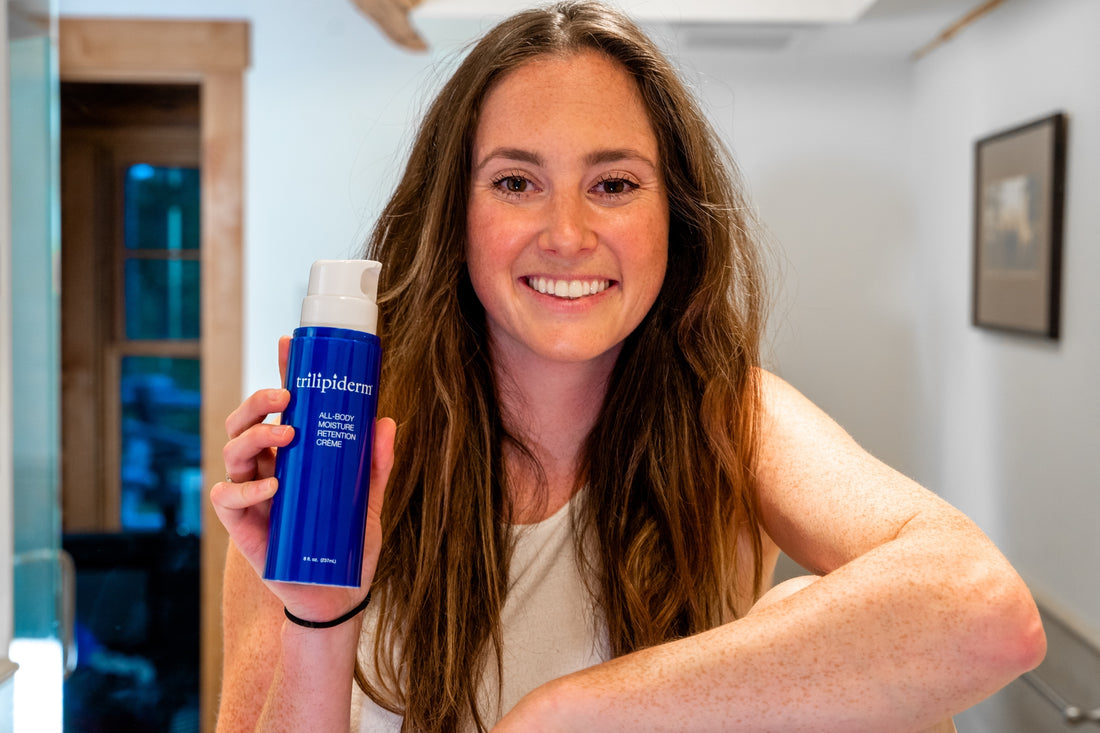Ever stared in the mirror, tracing the map of fine lines etched across your face, and wondered if they're a sign of times gone by or just thirsty skin? Dehydration lines vs wrinkles: two culprits caught red-handed leaving their mark, but which one fits your situation?
The terms "dehydration lines" and "wrinkles" are often used interchangeably to describe these skin imperfections. While they may look similar, the two are actually quite different. Understanding the differences between dehydration lines and wrinkles is an essential aspect of maintaining healthy-looking skin. By gaining clarity on these terms, you can take appropriate steps to maintain healthy, youthful-looking skin.
In this article, we'll dive deeper into the characteristics of dehydration lines and wrinkles, exploring their causes, prevention, and treatment options. By the end, you'll have gained a comprehensive understanding of these skin imperfections, and be able to make informed choices to achieve healthy, vibrant skin.
Dehydration Lines vs Wrinkles: Identifying the Differences
Think your mirror is playing tricks on you with those new lines? It might be dehydration at play, not just the march of time. When it comes to dehydration lines vs wrinkles, they may look similar, but they're very different from each other and require separate treatments.
Understanding Dehydration Lines
Dehydration lines, also known as trans-epidermal water loss (TEWL), occur when the skin cells lose water and essential nutrients, leaving the upper layer of skin looking dry, crepe-like, and with tiny fine lines appearing when stretched or pinched. These lines are a clear indication that the skin is lacking proper hydration and can be a result of both internal and external factors.
Several factors can contribute to the development of dehydration lines:
- External Factors: Exposure to environmental stressors, such as long-term sun exposure, cold and dry weather, indoor heating, and working in air-conditioned environments for extended periods, can deplete the skin of its moisture and nutrients.
- Lack of Hydration: Insufficient water intake can cause dehydration and impact the skin's moisture levels.
- Medications and Health Conditions: Certain medications, like diuretics or acne treatments, can dehydrate the skin and exacerbate the appearance of dehydration lines.
- Aging: As we age, the skin's ability to retain moisture decreases.
Dehydration lines have distinct characteristics that differentiate them from other types of lines or wrinkles. For instance, they're often finer and more superficial compared to wrinkles. They appear as tiny, shallow lines on the surface of the skin, typically becoming more noticeable when the skin is stretched or pinched. They can also give the skin a crepe-like or papery texture. When the skin is dehydrated, it loses its plumpness and elasticity, resulting in a dry, rough, and less supple appearance.
Understanding Wrinkles
Wrinkles are a common skin concern that often accompanies the aging process. They are defined as lines, folds, or creases that appear on the skin's surface, resulting from various factors that affect the skin's elasticity, collagen production, and overall structure.
As we age, the skin naturally undergoes changes that contribute to the development of wrinkles. The production of collagen and elastin, which are proteins responsible for maintaining the skin's structure and elasticity, decreases over time. As a result, the skin becomes thinner, drier, and less able to retain its shape, leading to the formation of wrinkles.
Unlike dehydration lines, wrinkles are often deeper and more pronounced. They can be seen even when the skin is not stretched or pinched. You'll find them most often in areas where there is repetitive muscle movement, including the forehead, between the eyebrows (frown lines or "11" lines), and around the mouth (smile lines or nasolabial folds). They can also be present on the neck, hands, and décolletage.
Prevention and Treatment
Preventing and treating dehydration lines vs wrinkles are slightly different, but both involve a combination of proper skincare routines, lifestyle choices, and targeted treatments. You'll want to maintain proper hydration to prevent dehydration lines. So, drink an adequate amount of water daily and consider incorporating hydrating foods, such as fruits and vegetables, into your diet.
To prevent wrinkles, you should take precautions like staying out of the sun and maintaining a healthy lifestyle. You can protect your skin from harmful UV rays by wearing sunscreen with a high SPF daily, even during cloudy days. Also, consider using wide-brimmed hats and sunglasses to shield your face from direct sunlight. Avoiding smoking and excessive alcohol consumption is also recommended, as these habits can accelerate the aging process and contribute to wrinkle formation. Additionally, nourish your body with a balanced diet rich in vitamins, minerals, antioxidants, and omega-3 fatty acids.
The Impact of Hydrating Products on Skin Health
Your skin needs hydration for its skin elasticity, radiance, and resilience against aging. But when hydration levels drop, you might see those dehydration lines pop up.
To keep your complexion flourishing with hydrated skin, you need smart strategies and trusty skincare products. Our Hydration Night Crème is the perfect antidote to dehydrated skin. Formulated with natural ingredients, this skincare product is designed to provide ultimate moisture. Additionally, this product has anti-aging properties, as it promotes collagen production.
Additionally, our Lifting & Firming Eye Crème helps to fight away lines and dark circles, while also providing deep hydration to the skin.
Enjoy Rejuvenated Skin With the Right Products
By now, you've learned about dehydration lines vs wrinkles, including their causes and potential prevention methods. It's crucial to keep your skin hydrated if you want to combat premature aging. Ultimately, understanding the difference between dehydration lines and wrinkles is more than just a matter of appearance—it's about comprehending what your skin needs at every stage of life for that radiant glow. Check out our full selection of hydrating skincare products.

